Most everyone remembers the story of Peter Parker becoming Spider-Man, but few know the origin of the radioactive spider that gave him superpowers. Once an average high-school student, dealing with the everyday struggles of being a teenager, Parker’s life was turned upside down after being bitten. Instead of his sole stressors being managing academics and his peers, Parker quickly became engrossed in the life of a superhero.
Given that this arachnid is responsible for so much of the Marvel-verse and for so severely altering Parker’s life, it’s surprising that we know so little of its identity. We’re here to center the story of Spider-Man on the spider rather than the man by revealing its taxonomical classification, geographic range, and real-world counterparts.
The very first spider that bit Peter Parker
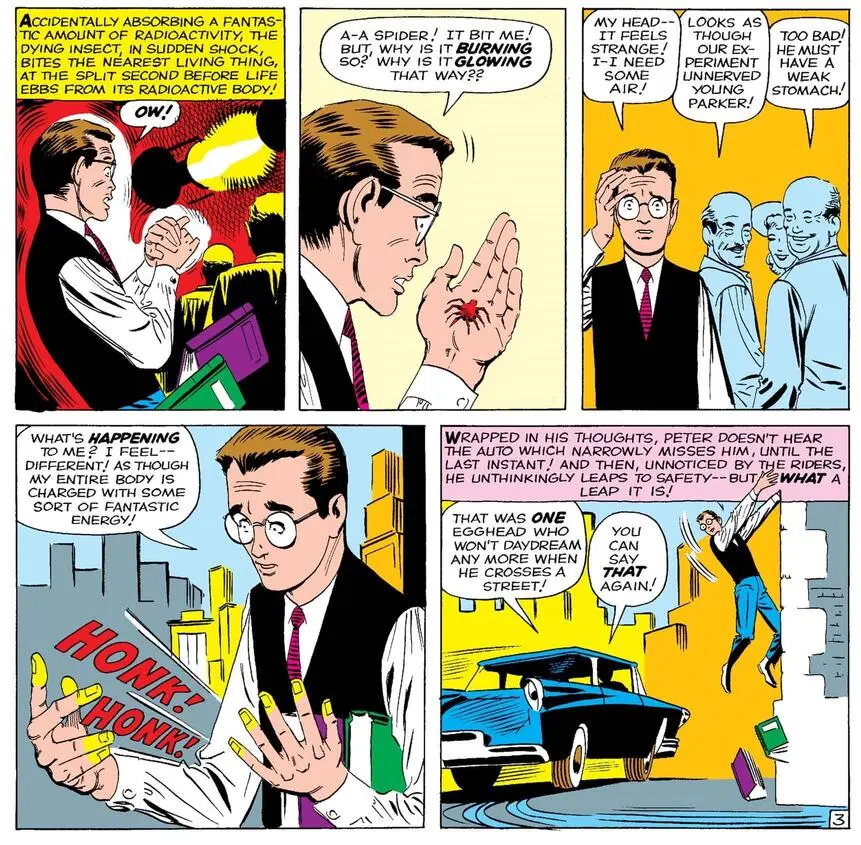
The spider that bit Peter Parker all the way back in 1962’s Amazing Fantasy #15 was identified only as a spider, and, erroneously, an insect. That’s how much Marvel writers cared about arachnological accuracy. All we know about the OG spider, besides it being an “insect,” is that it’s red and radioactive.
It was a normal, black spider that turned red when it accidentally absorbed radiation. Some fans have IDed it as an American house spider, which is common in New York City, where Peter was bitten. Other fans have suggested a more venomous candidate: the black widow spider. It isn’t ordinarily found in NYC, but specimens have been collected there. The debate is moot, though, because the spider likely wasn’t based on a specific species.
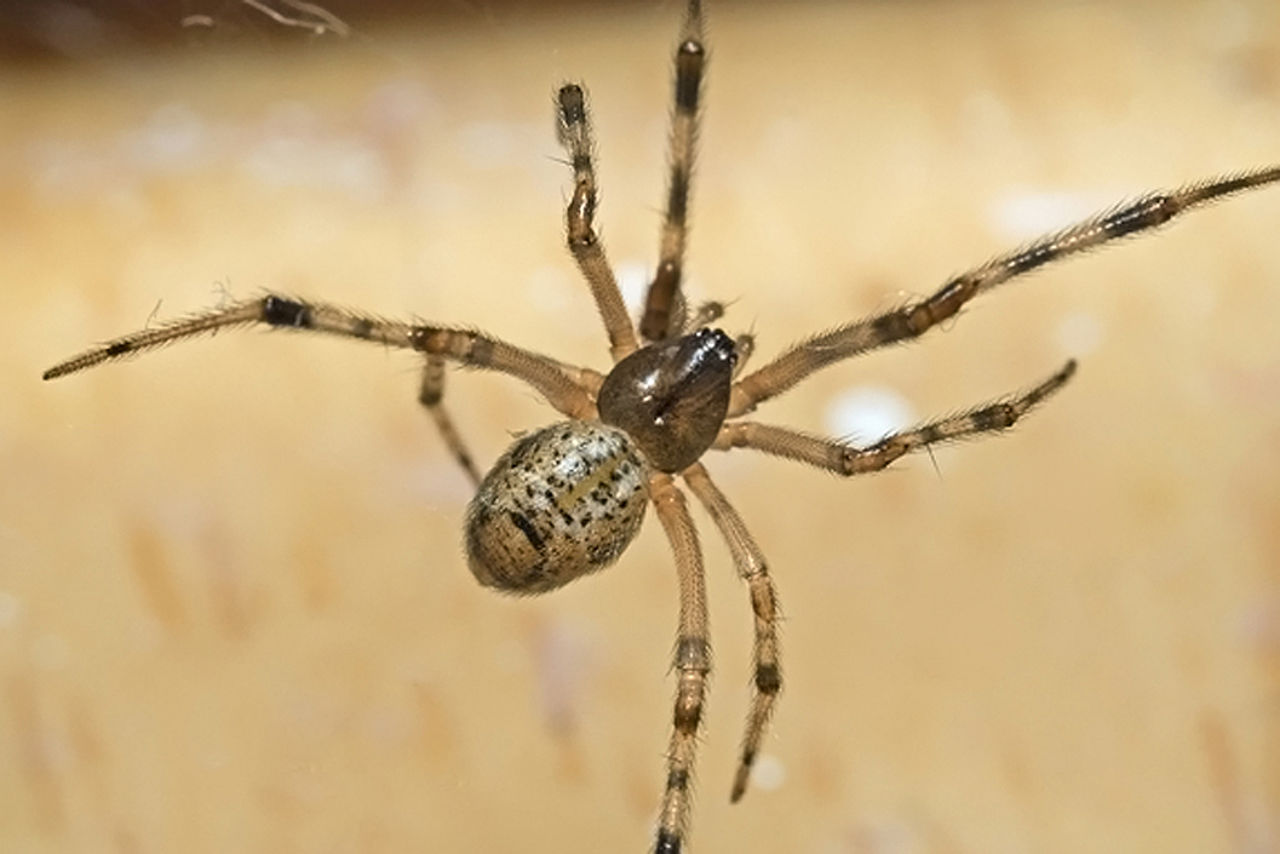
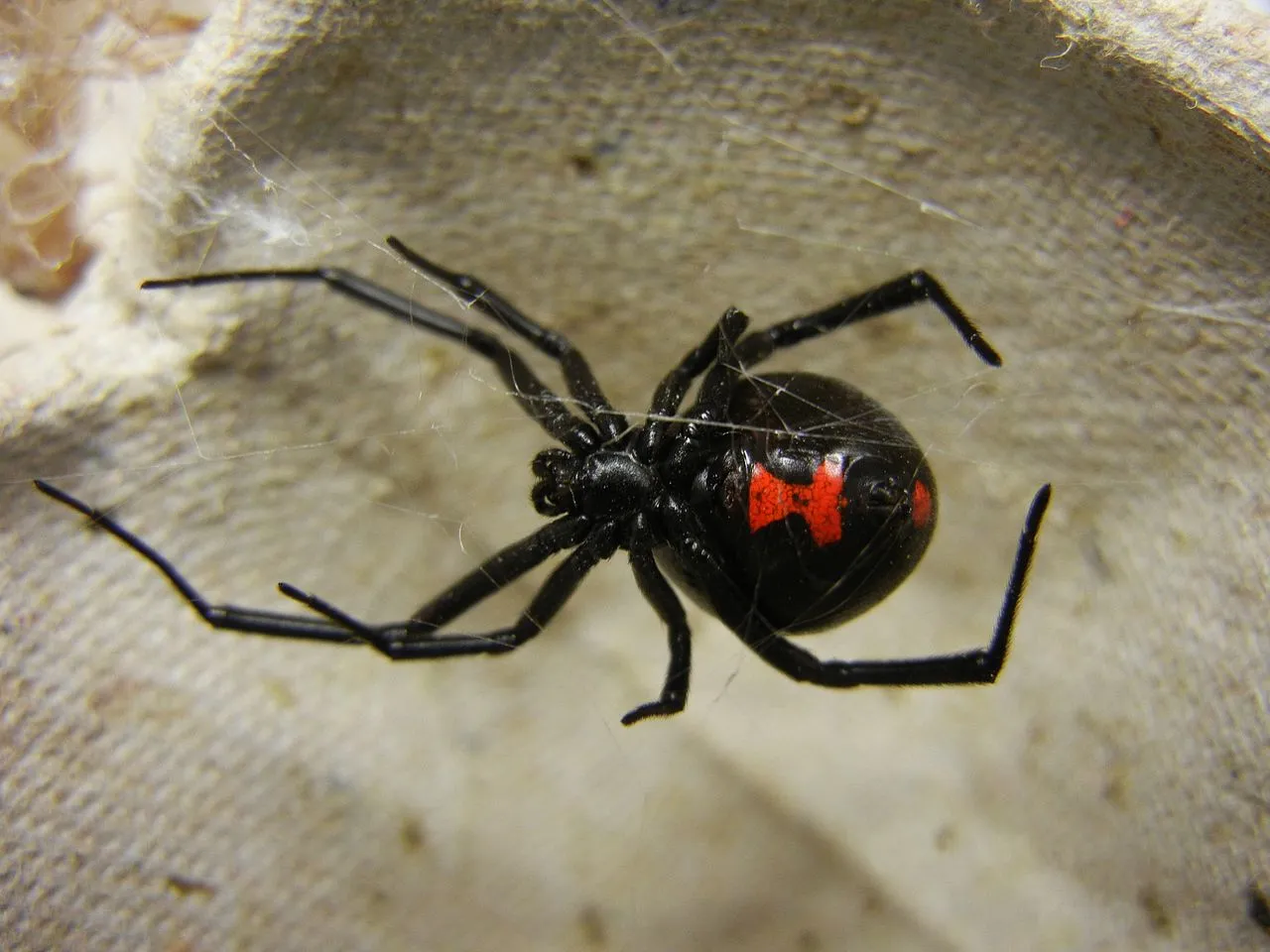
Thankfully, the Marvel masterminds have become better naturalists. Although most of them give “radioactive” or “genetically-engineered” as the spider’s only identifier, some have gone so far as to provide a genus and species to the jubilation of Spider-Nerds everywhere.
Later spiders
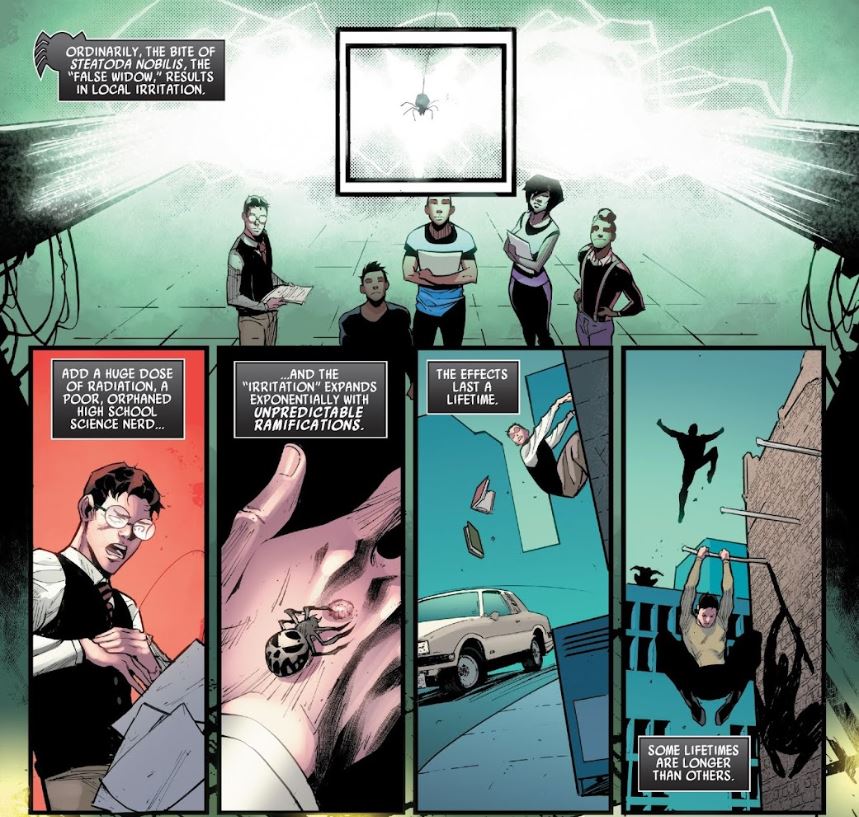
Since there are many versions of Spider-Man, there are equally as many versions of the spider that bit him. They come in all shapes, sizes, and colors, but only a couple are based on real species.
The first is the spider in 2018’s What If? The Punisher #1, which presents an alternate reality where Peter Parker becomes the Punisher. He’s still bitten by a radioactive spider, but it has a Punisher-logo-embossed abdomen and is identified as Steatoda nobilis, AKA the noble false widow.
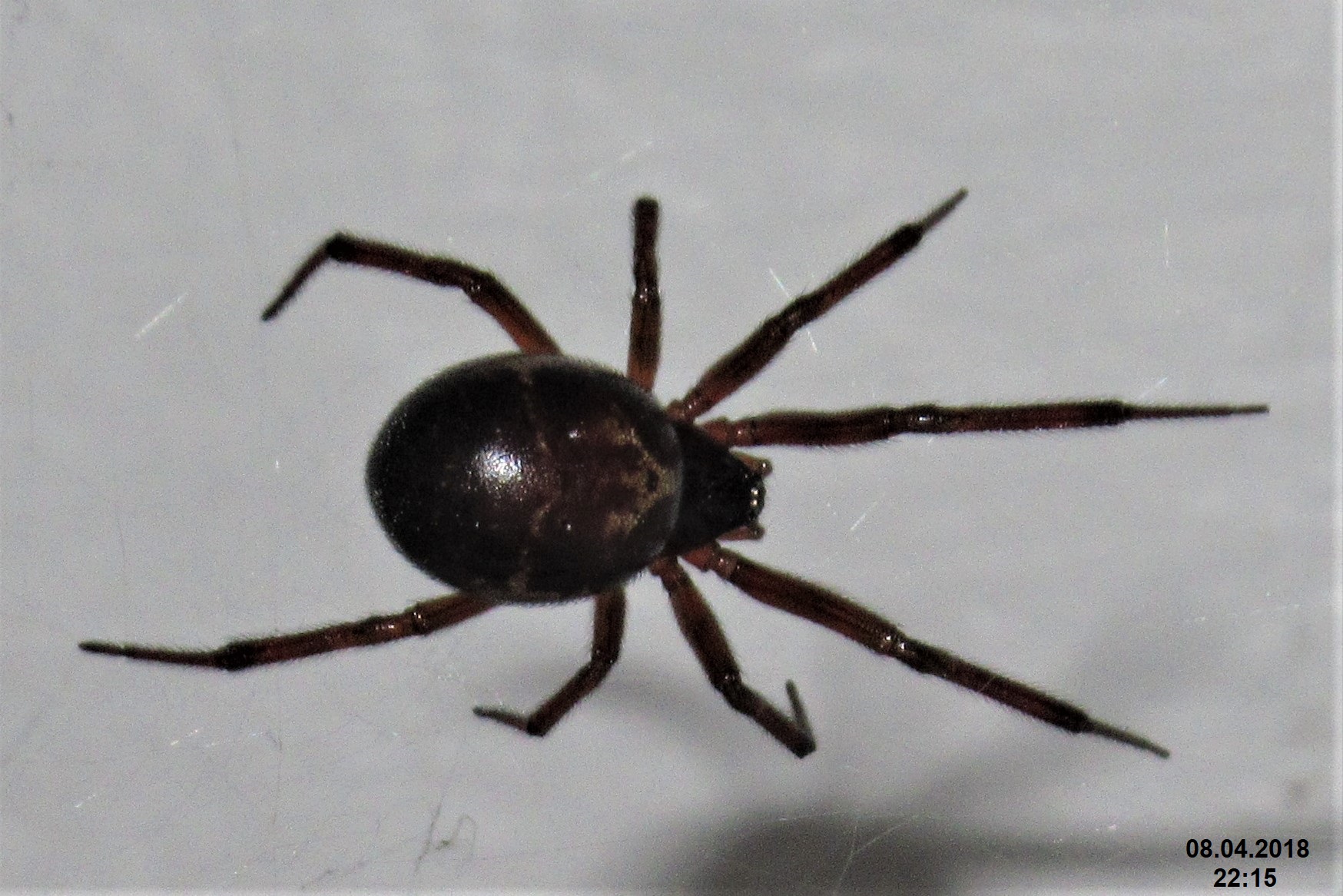
The noble false widow was named for its resemblance to the black widow, but it is far less dangerous. It is native to Madeira and the Canary Islands and has set up webs in continental Europe, North Africa, and parts of South and North America, including California. While it isn’t actually embossed with the Punisher logo, its abdomen can have a skull-like design.
The spiders in the movies

The other spider based on a real species is cited in the film, The Amazing Spider-Man 2. It’s called Araneus oscorpeus.
Araneus is a genus of orb-weaving spider; oscorpeus is a fictional species named and created by Spider-Man nemesis Norman Osborn’s corporation, Oscorp. One of these genetically-engineered super-spiders bit Peter in the previous film, turning him into everyone’s favorite webslinger.
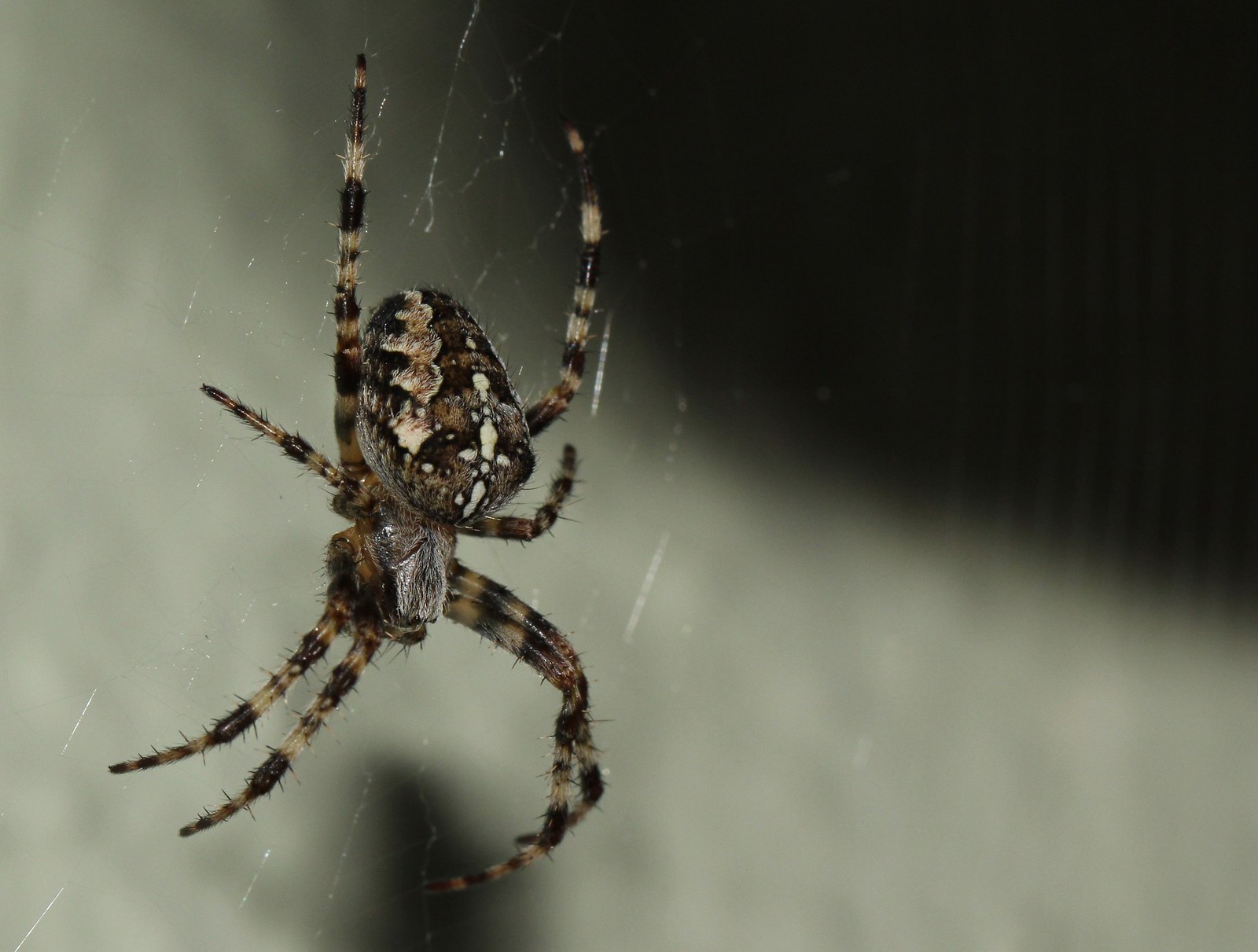
The fateful spider in Sam Raimi’s Spider-Man is not identified, but it may be one of the kinds displayed on the screen behind Peter during the lab sequence.
They are Delana, likely a misspelling of Delena, which is a genus of huntsman spiders; funnel web, a type of spider that spins funnel-shaped webs; and Agelenidae, the family that contains funnel weavers.

We can’t be sure of its in-universe ID, but Spider-Man‘s spider is portrayed by a real spider rather than a computer rendering. In some shots, including the one where it bites Peter, the spider is computer generated, but the rest of the time it’s an actual arachnid trained by Hollywood bug-wrangler Steven Kutcher.
Meet Steatoda grossa, a different kind of false widow, chosen by Raimi after prop master Robin Miller vetoed using a black widow. Kutcher then hosted a beauty pageant in which several less-toxic species competed for a chance to be a star. The only problem was that Steatoda grossa‘s color scheme didn’t match Spider-Man’s, so Kutcher put it in a spidey-harness, and an artist applied non-toxic red and blue paint.
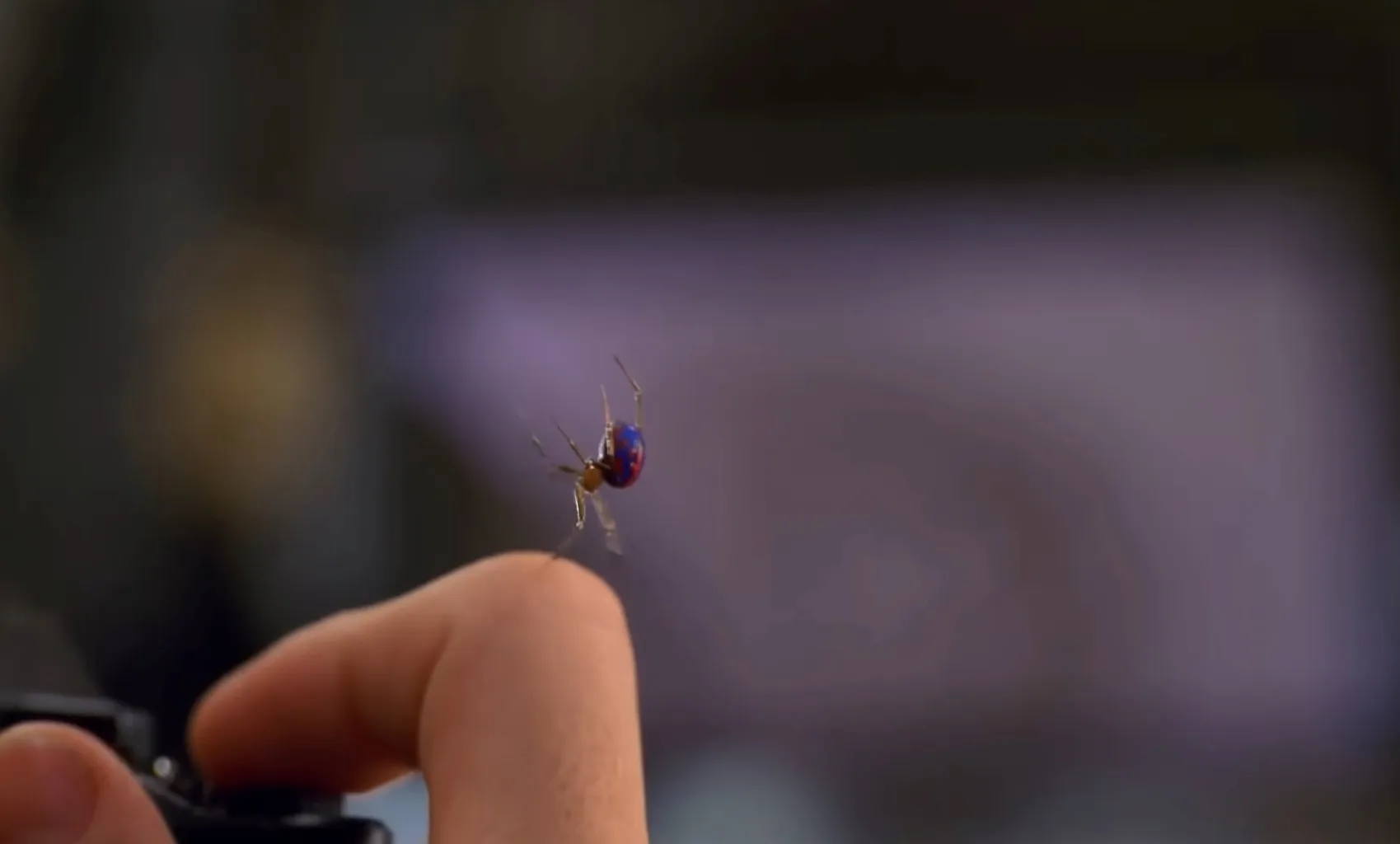
In 2020, rather than nixing the use of a black widow, three Bolivian boys provoked the venomous spider to bite them in the hopes that they would become Spider-Men. Instead, they were hospitalized and immortalized in headlines across the world. They might have been spared the pain and shame if Marvel had identified Spidey’s power source as a harmless house spider.

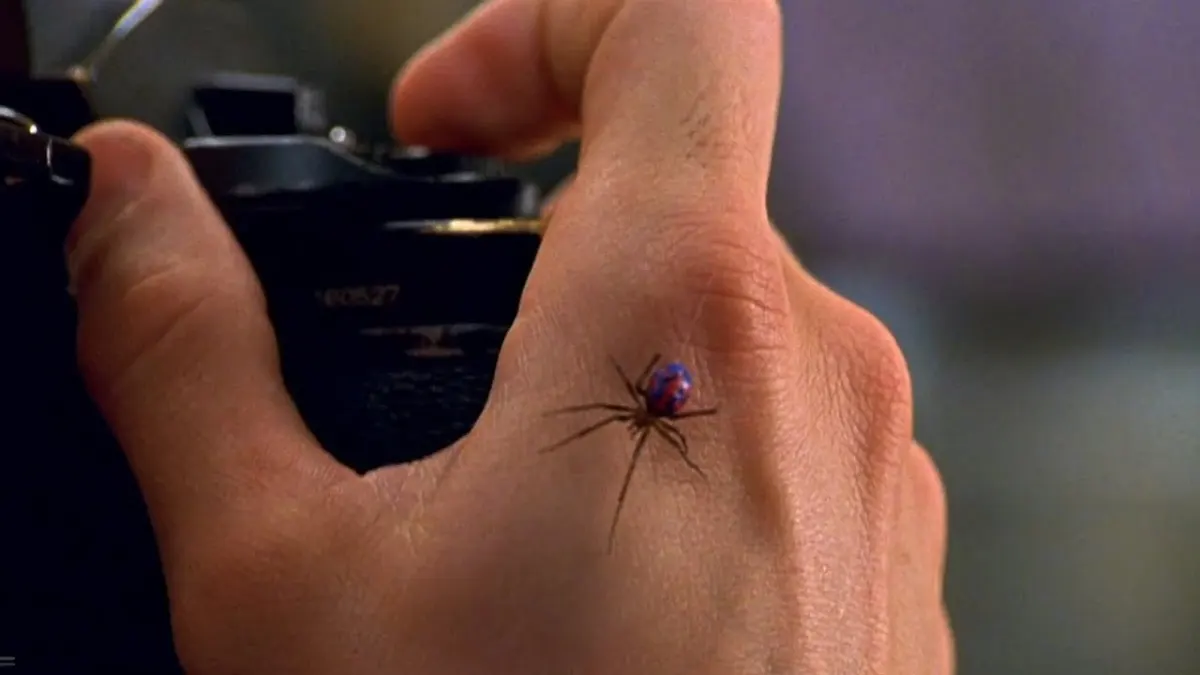








Published: Nov 3, 2023 01:31 pm